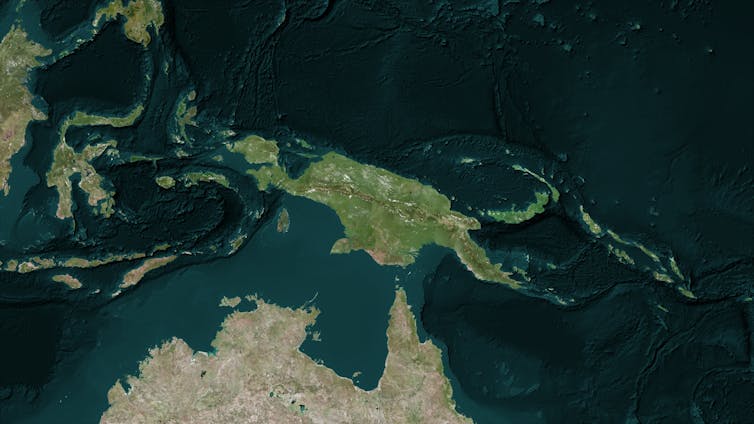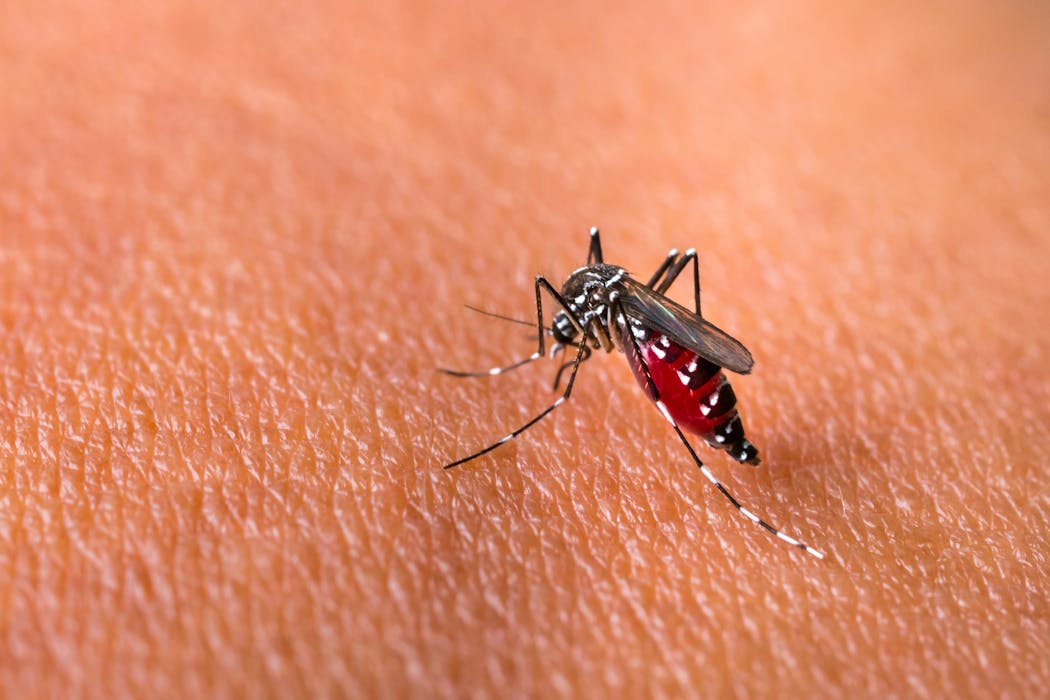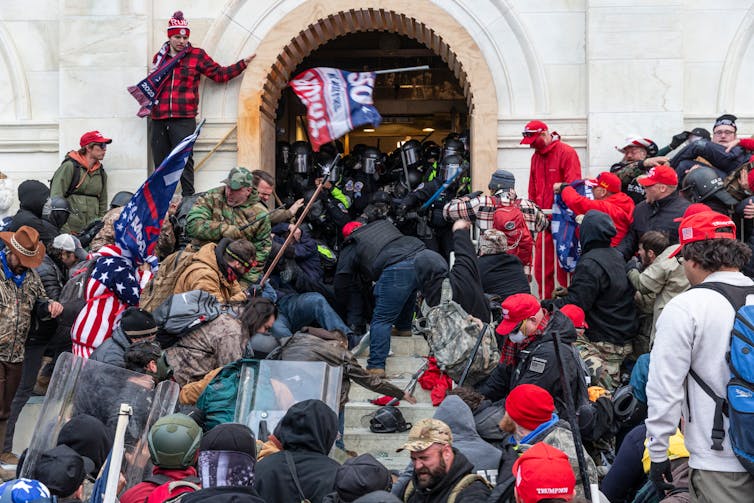Source: The Conversation – UK – By Jamie Torrance, Lecturer and Researcher in Psychology, Swansea University

Every night, millions of people across the world tune in to watch influencers spin slot machines, chase jackpots and ride emotional rollercoasters of wins and losses. Online viewers erupt with cheers, emojis and pleas for “one more spin”.
But behind the flashy graphics and charismatic streamers, lies a complex web of psychological triggers, parasocial relationships where fans feel like friends with creators who don’t know they exist, and normalised risk-taking.
New research by my colleagues and I into gambling livestreams reveals how these broadcasts are reshaping the landscape of online betting, and blurring the lines between entertainment and gambling advertising in ways that traditional media never could.
Gambling livestreams have exploded in popularity over the past few years. These are live broadcasts where content creators, including well known celebrities such as the musician, Drake, gamble in real time, often with slots, casino-style games such as roulette and sports betting, while thousands watch online and participate through chat.
Platforms like Twitch once hosted vast amounts of this content until implementing partial restrictions in 2022. But the streams didn’t disappear. Instead, they migrated to newer, less regulated platforms like Kick which has become popular for gambling content.
Young adults are particularly drawn to these streams. On Kick alone, for example, viewers aged 18 to 34 make up the largest demographic, representing approximately 60% of the platform’s global audience. Many of these viewers are of legal gambling age, creating a perfect storm of accessibility and influence.
The business model can be very lucrative. Top streamers are often paid by gambling operators to broadcast themselves betting, sometimes with company money rather than their own. They may earn additional revenue through affiliate links that direct viewers to betting sites. It’s advertising dressed up as entertainment, but far more powerful.
What we discovered
No empirical research had been conducted on this topic in the UK. So, we interviewed 15 young adults who watched gambling livestreams regularly, as part of a wider study. Our questioning focused on the psychological pull of gambling livestreams, what features viewers encounter and the self-reported harms they have experienced. What emerged was a portrait of sophisticated manipulation meeting genuine entertainment value.
Participants described forming deep connections with streamers, following their favourite personalities across multiple platforms like they would a friend. This pathway often started via streams unrelated to gambling, such as video game livestreams. However, when streamers then migrated to producing gambling content, many viewers followed.
What seemed to fascinate the majority of our participants were the eye-watering amounts of money staked, won and lost by streamers. In some instances, more money was lost by streamers in one evening than a single viewer would make in a year.
Collectively spectating these intense gambling sessions provided participants with a shared sense of community, with viewers either rooting for a big win or the chance to witness a crippling loss.
The casino-style features embedded into the streaming platform were also described in detail. Viewers earn “channel points” for watching streams, creating progression systems that mirror slot machine reward schedules.
They can bet these points on stream outcomes, essentially gambling on gambling. These points can then be redeemed for custom rewards, such as a shout-out from the streamer.
Most troubling was how participants told us they initially watched streams as a safer alternative to gambling themselves, hoping to satisfy their gambling urges vicariously. Instead, the opposite occurred. They reported intensified cravings and increased real-money gambling as a result of viewership. This phenomenon is known as the “urge paradox”.

Andrew Angelov/Shutterstock
Why this matters
Hundreds of thousands struggle with gambling harm in the UK, with young adults representing a particularly vulnerable group.
Traditional gambling advertising faces strict regulations. But livestreams exist in a regulatory vacuum. They aren’t 30-second TV spots, but multi-hour immersive experiences that build relationships, create community and normalise high-risk behaviour.
The combination is uniquely potent. Viewers aren’t just seeing ads but forming parasocial bonds with trusted figures who model gambling behaviour in real time. They’re participating through gamified features that mirror gambling mechanics. They’re watching unedited emotional reactions that feel authentic, even when the financial risk for streamers can be artificial.
Participants in our study recognised the manipulation. They knew streamers often used operator money and received revenue shares for sharing affiliate links. Yet this awareness didn’t deter them. The content remained influential regardless.
Age verification on livestreaming platforms can be particularly poor. Multiple participants noted seeing children in stream chats and described sign-up processes as requiring little more than “clicking to confirm that you’re 18 plus”.
Policymakers must treat livestreams as the powerful advertising vehicles they are, requiring mandatory disclosure of financial relationships, robust age verification and cross-border enforcement mechanisms.
Some countries are leading the way. Germany banned gambling advertising via streamers entirely in 2024, while the UK has restricted influencer marketing to minors. However, enforcement remains patchy as content simply migrates to less regulated platforms.
As these platforms multiply, comprehensive regulation that reflects the sophistication – and potential harm – of this digital gambling landscape is urgently needed. Without it, the line between entertainment and exploitation will only continue to blur.
![]()
Jamie Torrance has received funding from Gambling Research Exchange Ontario, the Academic Forum for the Study of Gambling (AFSG), the International Centre for Responsible Gambling and the Economic and Social Research Council.
– ref. Why people are watching livestreams of influencers gambling – and how it could be fuelling addiction – https://theconversation.com/why-people-are-watching-livestreams-of-influencers-gambling-and-how-it-could-be-fuelling-addiction-266532











